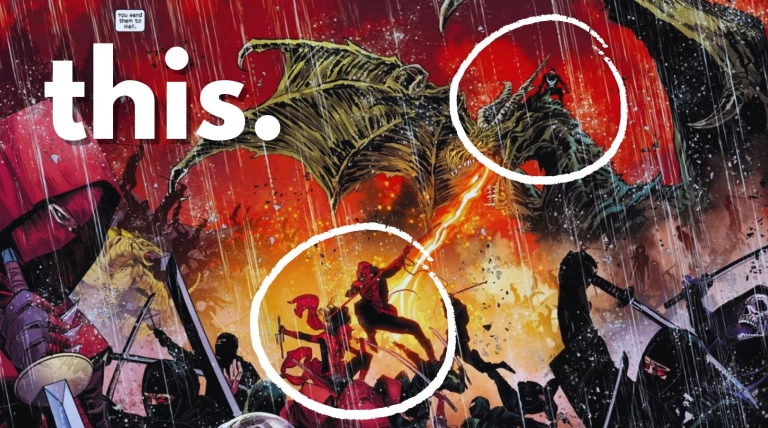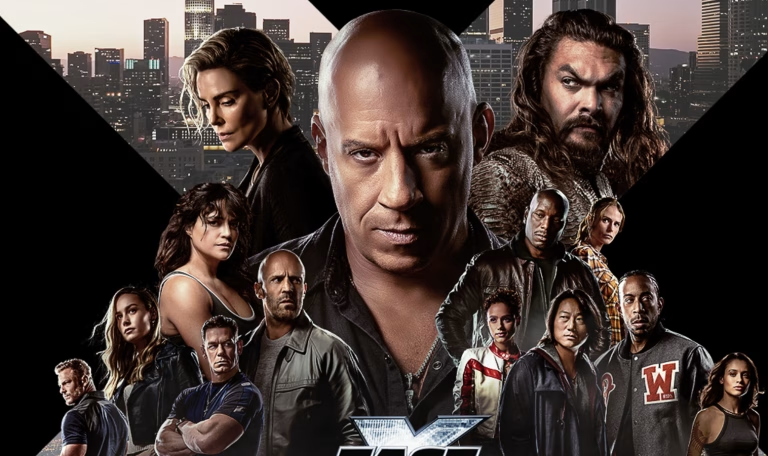
The Golden Age of Streaming is Over
There was a time, not so long ago, when streaming felt like a revolution. For less than the price of a single movie ticket, Netflix offered unlimited access to thousands of shows and films. It was simple, affordable, and most importantly—centralised. But that era is gone. Today, keeping up with television requires navigating a maze of exclusive content, each locked behind its own paywall. Want to watch The Last of Us? That’s on HBO Max. Stranger Things? Netflix. The Mandalorian? Disney+. Yellowstone? Peacock. What was once a convenience has become a financial burden, with viewers juggling multiple subscriptions just to follow their favourite stories.
This is subscription fatigue—the growing exhaustion of managing an ever-expanding list of streaming services, each demanding more money for less content. And as frustration mounts, audiences are turning to an old, controversial solution: piracy.
The Anatomy of Subscription Fatigue

Subscription fatigue is more than just annoyance at another monthly bill. It’s the culmination of several industry shifts that have made streaming feel increasingly hostile to consumers.
First, there’s the fragmentation of content. A decade ago, Netflix hosted the vast majority of must-watch shows. But as studios recognised the profits of direct-to-consumer streaming, they began pulling their content to launch proprietary platforms. Disney+ became the exclusive home for Marvel and Star Wars. HBO Max locked down Game of Thrones and DC properties. Paramount+ claimed Star Trek and South Park. The result is a landscape where viewers must subscribe to half a dozen services just to access what was once available in one place.
Compounding the problem is relentless price inflation. Netflix’s premium tier, once $12 per month, now costs over $20. Disney+ launched at $7, introduced ads, and then pushed viewers toward an $11 ad-free tier. Even Apple TV+, initially positioned as a budget option, has raised its prices. The promise of streaming as a cheaper alternative to cable has evaporated—today, the average household spends as much on streaming as they once did on satellite TV, often with fewer features.
Then there’s the deteriorating user experience. Switching between apps to track down a single show has become the modern equivalent of flipping through hundreds of cable channels—except now, viewers pay extra for the privilege. Add in regional restrictions, where a show available in one country vanishes in another, and the frustration only grows.
Why Audiences Are Pushing Back

The breaking point for many consumers isn’t just cost—it’s the feeling of being manipulated. Streaming services once competed on content; now, they compete on exclusivity traps. A show disappears from one platform only to reappear on another, forcing fans into yet another subscription. Some services even enforce annual contracts or make cancellation deliberately cumbersome, turning what should be a flexible service into a financial commitment.
For younger viewers, the calculus is even starker. Raised on Spotify and YouTube, they expect media to be accessible and affordable. When faced with the reality of paying over $100 per month just to watch television legally, many see piracy not as theft, but as a justified rebellion against corporate exploitation.
The Unintended Consequences: Piracy’s Resurgence

The data is clear: as subscription fatigue grows, so does piracy. Tracking sites report spikes of 30% or more in illegal downloads for exclusive shows like House of the Dragon and The Last of Us. The reasons are straightforward. Pirate sites offer a one-stop solution—no logins, no regional locks, no sudden removals. For viewers tired of jumping through corporate hoops, piracy is often the most convenient option.
Streaming companies, meanwhile, seem determined to ignore the root causes. Netflix blames password-sharing while raising prices. Disney+ cracked down on account sharing just before hiking subscription costs. These tactics don’t solve the problem; they exacerbate it. When the industry’s response to customer frustration is to demand more money, it’s no surprise that many viewers simply opt out altogether.
Is There a Way Forward?

The irony is that streaming was supposed to kill piracy. In its early days, Netflix succeeded by offering a better, cheaper alternative to illegal downloads. But as the industry has splintered, it has recreated the very conditions that made piracy appealing in the first place.
Some hope lies in re-aggregation. Bundling services, as seen with Disney+/Hulu/ESPN+, could help reduce costs. Ad-supported tiers might make subscriptions more accessible, provided they don’t become the only option. And regulatory pressure could force studios to license content more fairly, rather than hoarding it behind exclusivity deals.
But unless the industry changes course, the trend is clear. Subscription fatigue isn’t going away—and neither is piracy. Because when the choice is between financial strain and a free, hassle-free alternative, many viewers have already made their decision.
A Final Thought
The next time a streaming service interrupts your show with an anti-piracy warning, consider the hypocrisy. The industry spent years luring audiences away from illegal downloads with the promise of convenience and value. Now, as it abandons those principles, it shouldn’t be surprised when audiences abandon it in return.
The real question isn’t whether piracy is justified—it’s whether the streaming giants will finally recognise their role in creating this mess. Because until they do, the cycle will only continue.
Thank you for reading! Be sure to click here to read more articles from me, and I’ll see you in the next entry.





